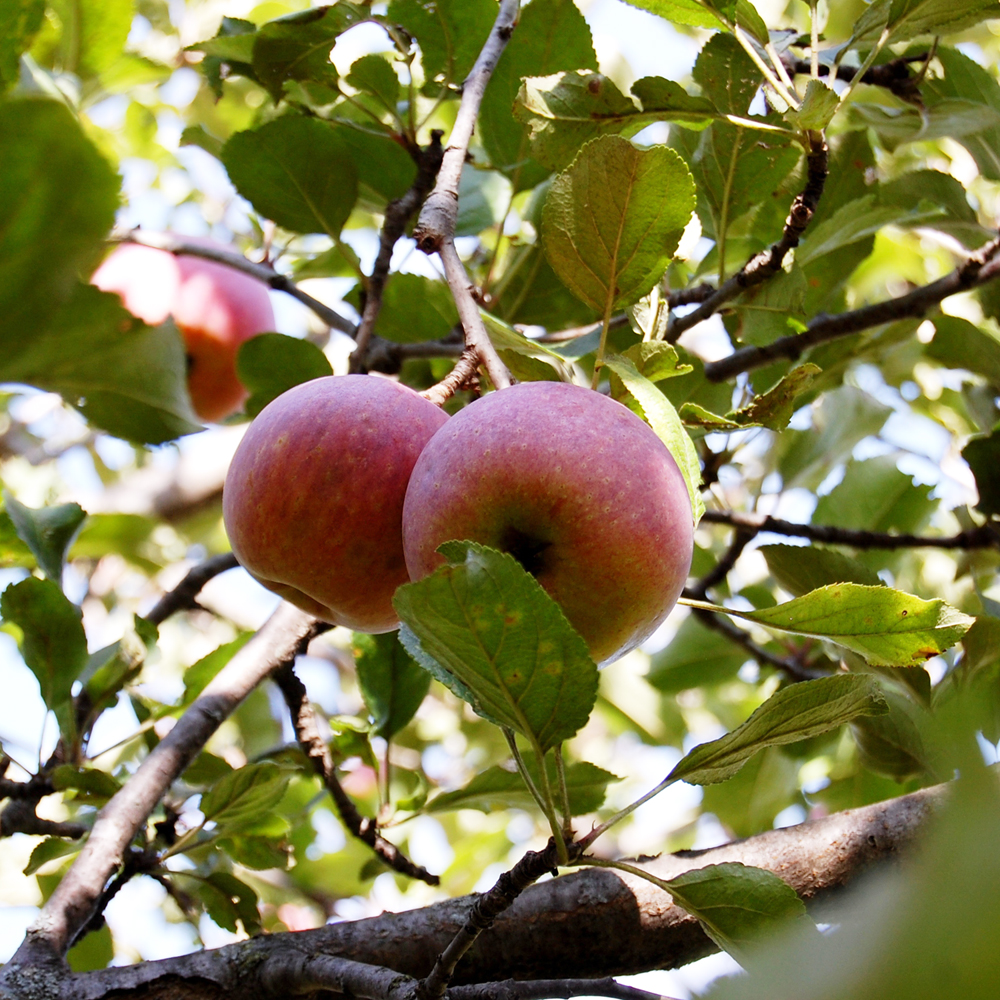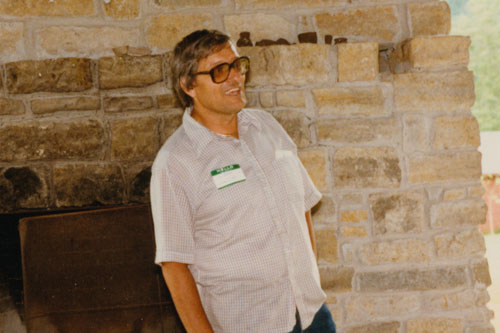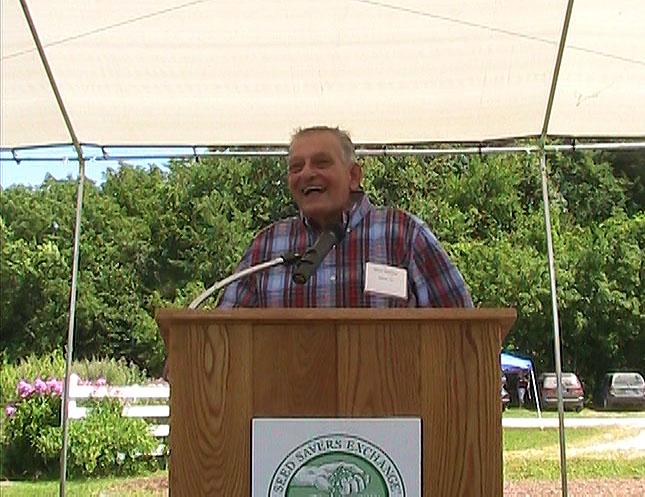Gary Paul Nabhan Speaks at Seed Savers Exchange
/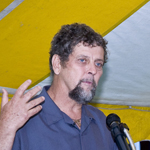 At this year's 33rd Annual Conference and Campout, Seed Savers Exchange (SSE) was more than happy to welcome back a long-time friend, Gary Paul Nabhan. Gary has been a supporter of Seed Savers Exchange going back to before 1980, and has since appeared at numerous SSE Conference and Campouts. Having recently published a book titled "Growing Food in a Hotter, Drier Land," he spoke this year about climate uncertainty becoming the new normal and the importance of adapting our food systems to a changing climate.
Stressing the importance of agrobiodiversity in mitigating the effects of climate change, the Ecumenical Franciscan brother led Conference attendees in a renewal of their vows—to seeds. Repeating after him, the crowd recited:
At this year's 33rd Annual Conference and Campout, Seed Savers Exchange (SSE) was more than happy to welcome back a long-time friend, Gary Paul Nabhan. Gary has been a supporter of Seed Savers Exchange going back to before 1980, and has since appeared at numerous SSE Conference and Campouts. Having recently published a book titled "Growing Food in a Hotter, Drier Land," he spoke this year about climate uncertainty becoming the new normal and the importance of adapting our food systems to a changing climate.
Stressing the importance of agrobiodiversity in mitigating the effects of climate change, the Ecumenical Franciscan brother led Conference attendees in a renewal of their vows—to seeds. Repeating after him, the crowd recited:
I, (name), a gardener, farmer, seed saver, and eater,
wish to renew our sacred vows
to take care, love and serve,
the astonishing diversity of life on this earth.
Through sickness and in health ("I bet you knew that line," Gary laughed),
in times of crisis and times of joy,
to sow the seeds of food justice,
to sow the seeds of food security,
to sow the seeds of food democracy,
to sow the seeds of true food sovereignty,
through our own actions and our own eating patterns
so that we may all eat what we have truly sown.
I reaffirm our covenant with this earth,
to humbly be one more way that seeds themselves regenerate into more seeds to nourish all of us.
View the video of Gary Paul Nabhan's keynote address at the 2013 Conference and Campout:
Check out Gary's website here, and his recent article in the New York Times here.
Stop back to our blog in the coming weeks for more coverage of this year's Conference, as well as the Harvest Edition of the Heritage Farm Companion coming out this Autumn.
Seed Savers Exchange is a non-profit, 501(c)(3), member supported organization that saves and shares the heirloom seeds of our garden heritage, forming a living legacy that can be passed down through generations. Our mission is to conserve and promote America's culturally diverse but endangered garden and food crop heritage for future generations by collecting, growing, and sharing heirloom seeds and plants.





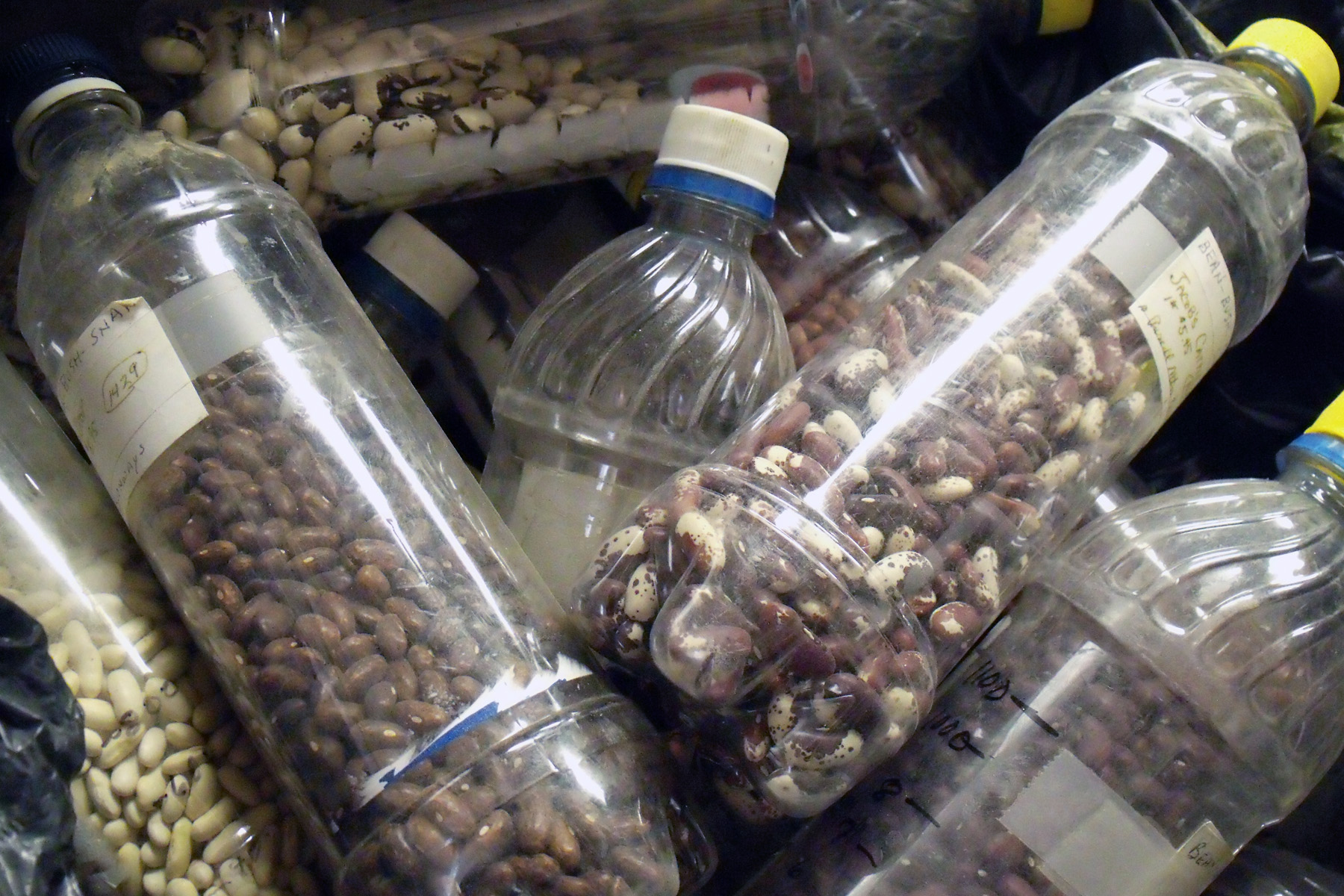
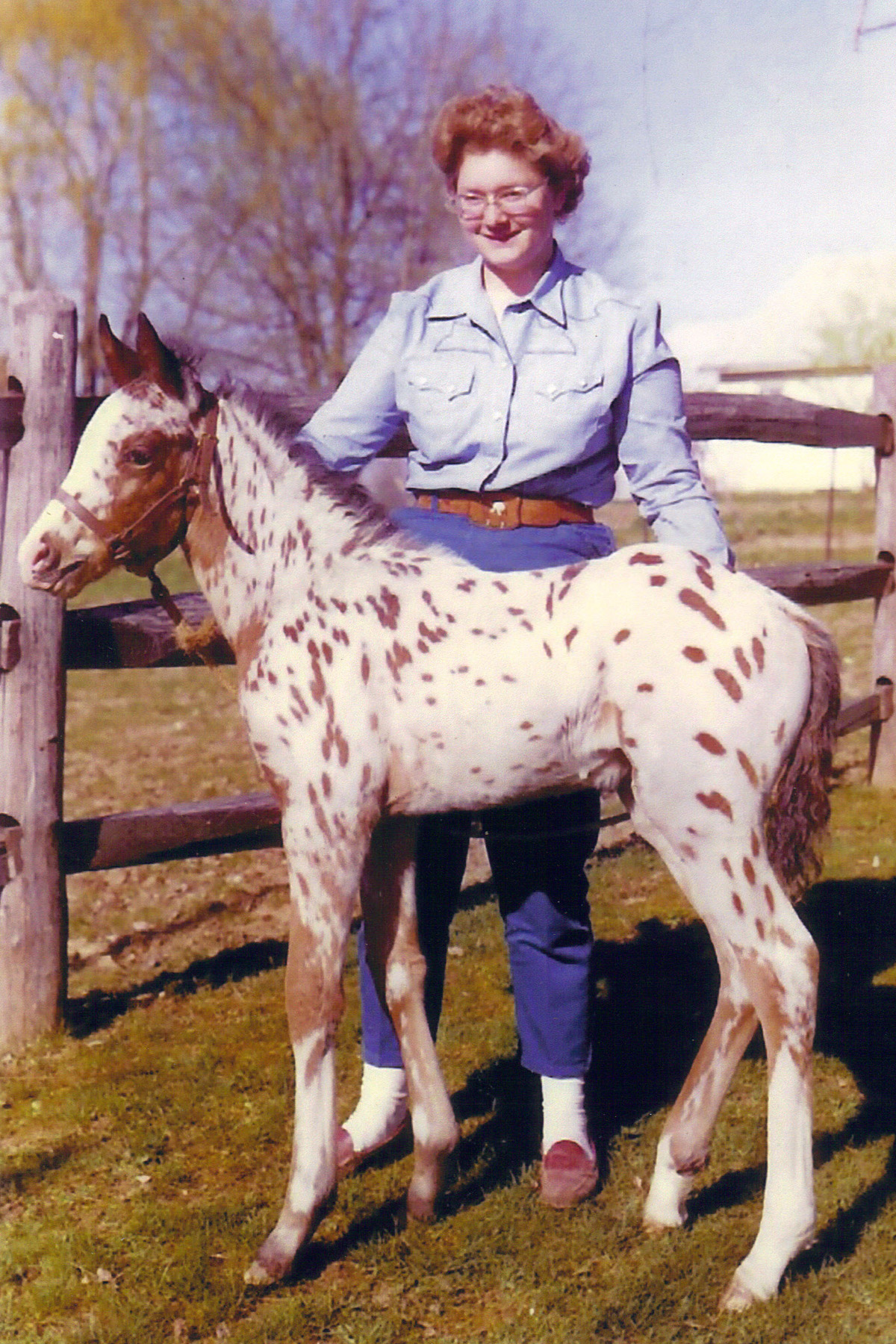
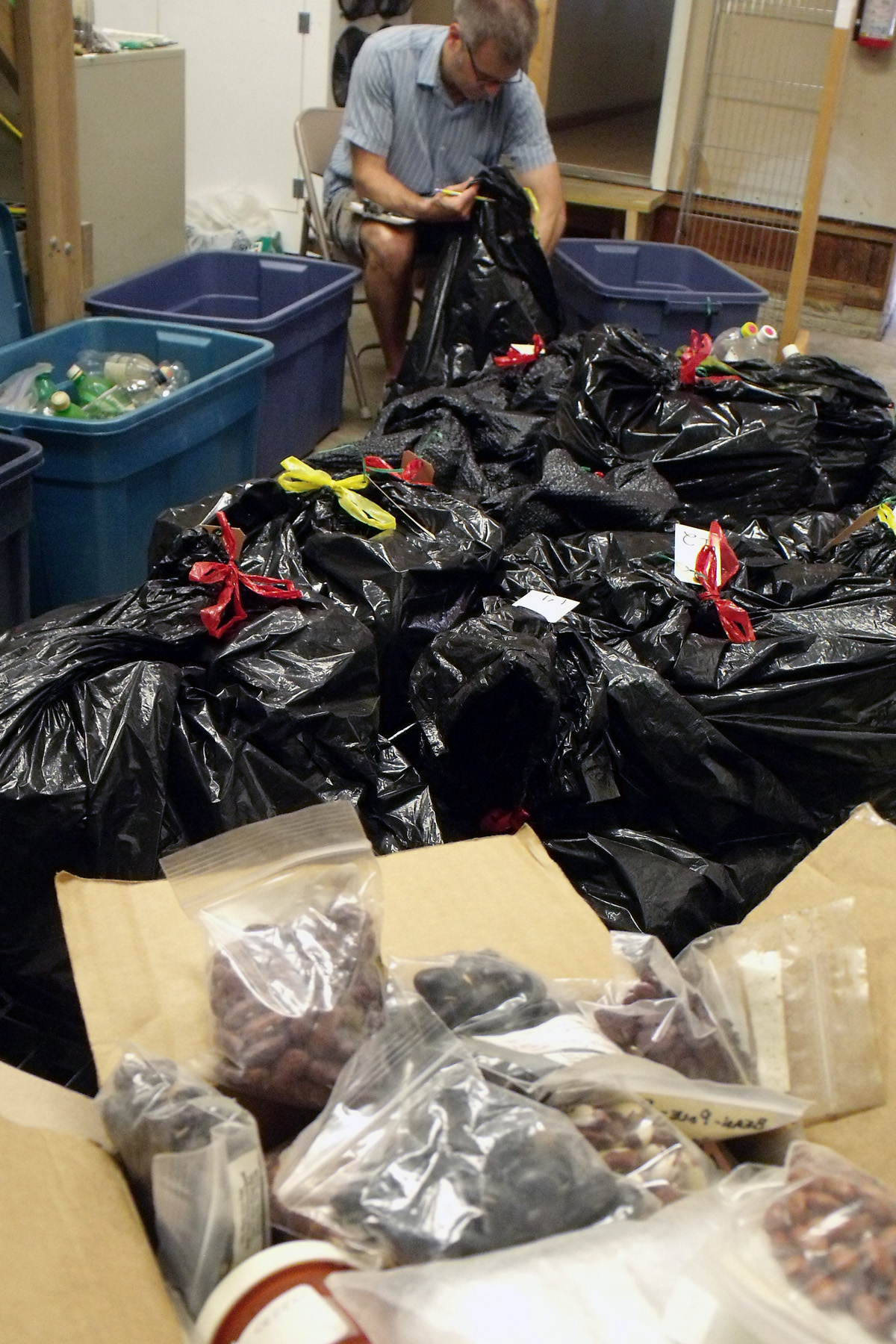








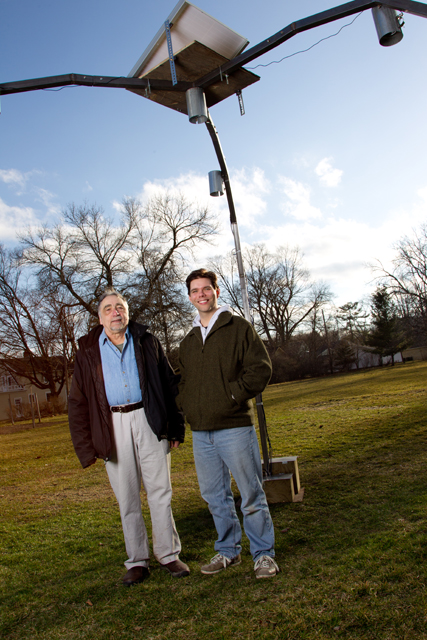

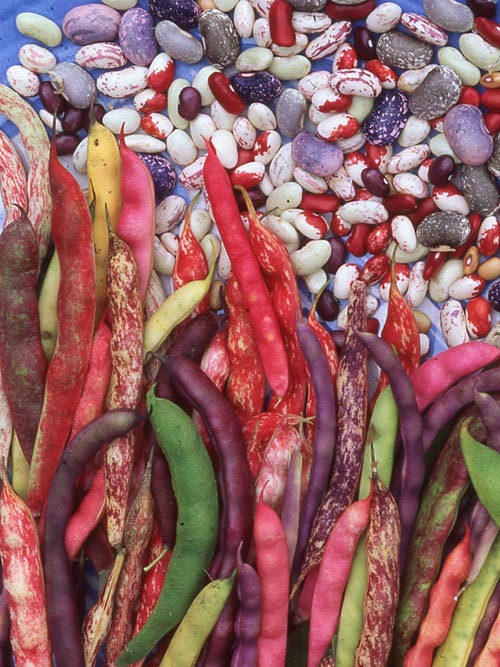

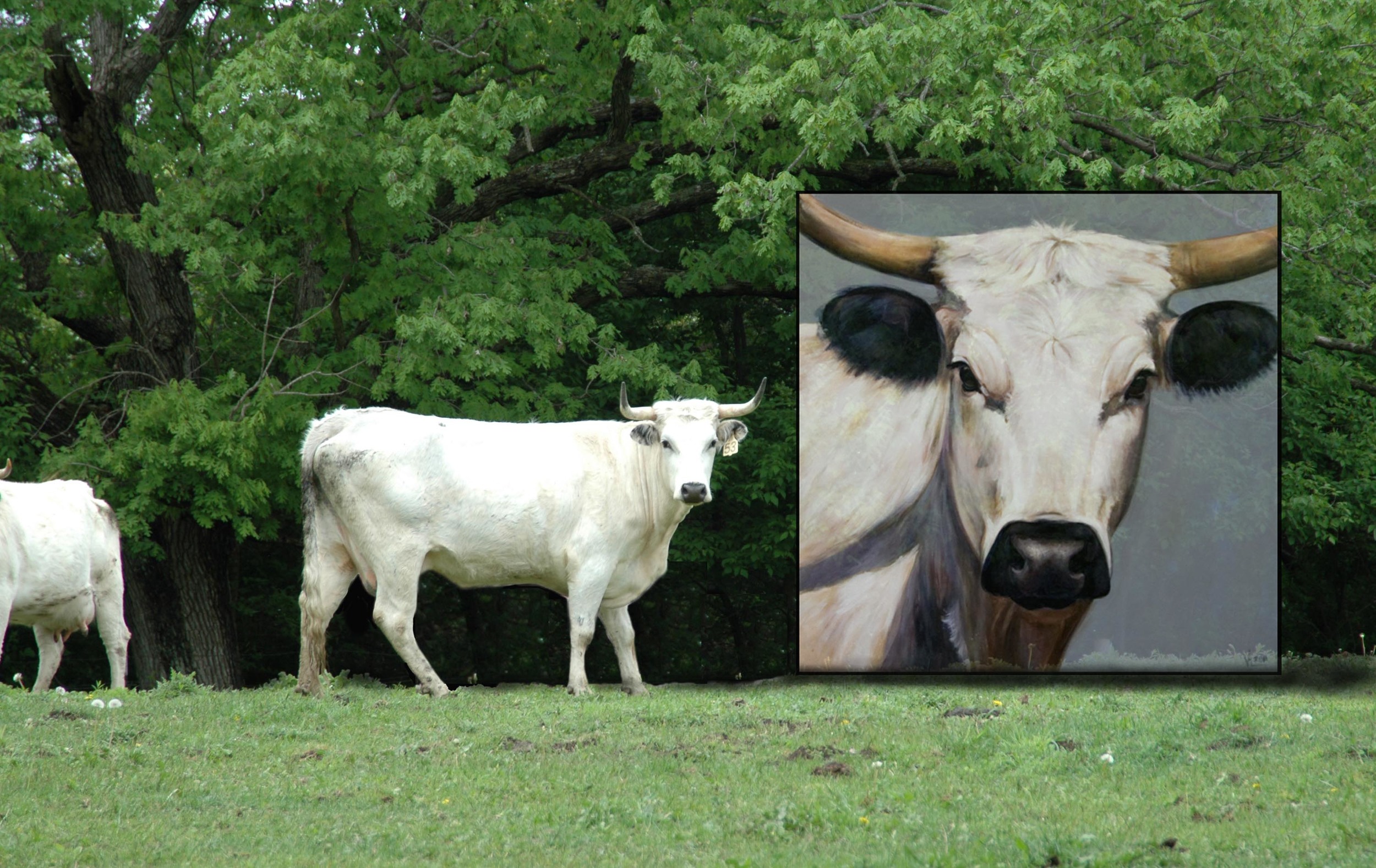
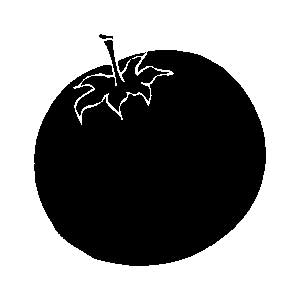 find vegetable varieties, will include staff favorites like the deep maroon amaranth ‘Kerala Red,’ a nearly black lettuce ‘Revolution-Evolution,’ a classic mustard known as ‘Myers’ Family Heirloom, and the relentlessly fruitful tomato ‘Tiny Tim Yellow.’ Transplants will be sold for $3 for 3 inch pots, and $4 for 4-packs, available in limited quantities. SSE staff will also be on hand during the event to answer gardening and seed saving questions.
find vegetable varieties, will include staff favorites like the deep maroon amaranth ‘Kerala Red,’ a nearly black lettuce ‘Revolution-Evolution,’ a classic mustard known as ‘Myers’ Family Heirloom, and the relentlessly fruitful tomato ‘Tiny Tim Yellow.’ Transplants will be sold for $3 for 3 inch pots, and $4 for 4-packs, available in limited quantities. SSE staff will also be on hand during the event to answer gardening and seed saving questions.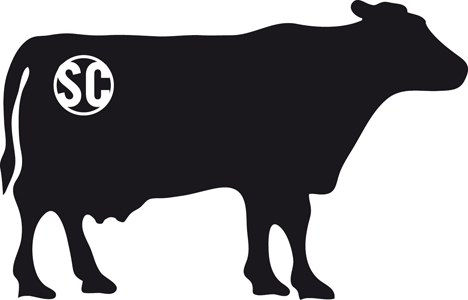 than life canvases by Waukon artist Valerie Miller of Steel Cow Gallery. The exhibit shows Valerie's Ancient White Park 'girls' and 12 of their closest bovine friends. Walk along the trails to view these jumbo prints placed in the pastures at SSE's Heritage Farm. The Ancient White Park cattle, a threatened heritage breed, roamed the British Isles over 2,000 years ago.
than life canvases by Waukon artist Valerie Miller of Steel Cow Gallery. The exhibit shows Valerie's Ancient White Park 'girls' and 12 of their closest bovine friends. Walk along the trails to view these jumbo prints placed in the pastures at SSE's Heritage Farm. The Ancient White Park cattle, a threatened heritage breed, roamed the British Isles over 2,000 years ago.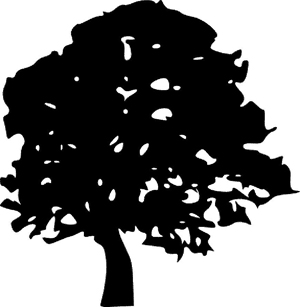 College associate professor of music Brooke Joyce. Professor Joyce is using the money to create an outdoor sound installation at Seed Savers Exchange in Decorah.
College associate professor of music Brooke Joyce. Professor Joyce is using the money to create an outdoor sound installation at Seed Savers Exchange in Decorah.
